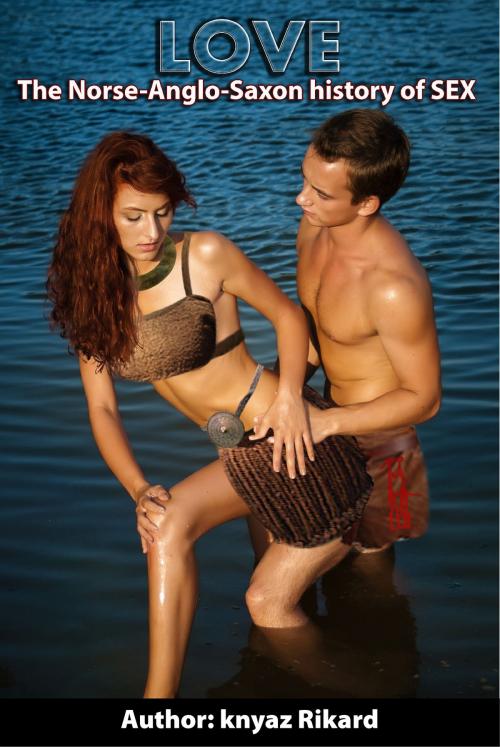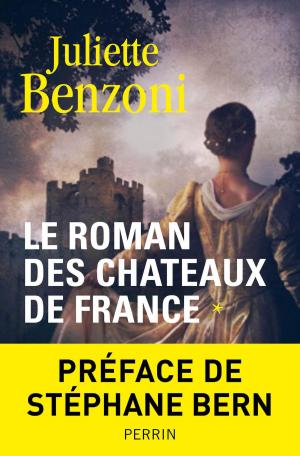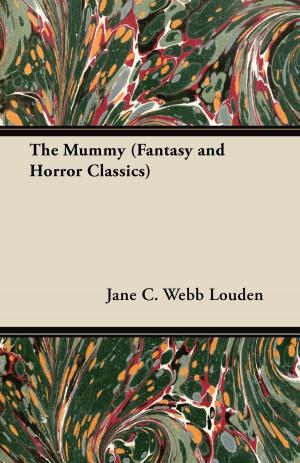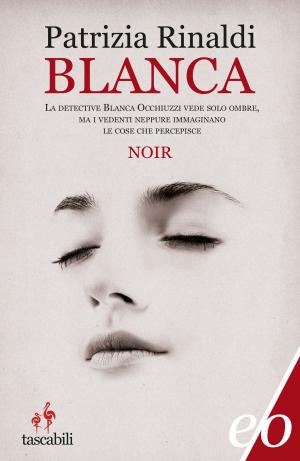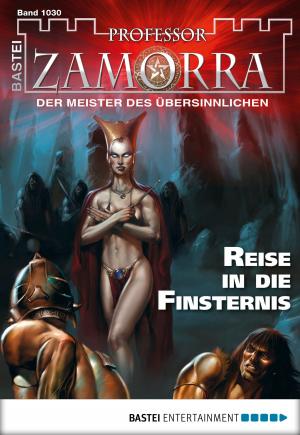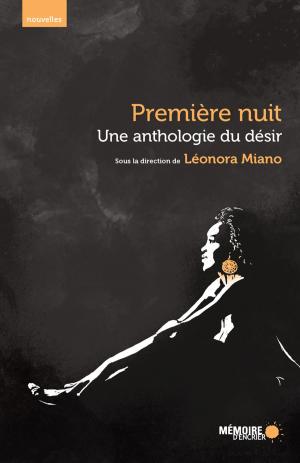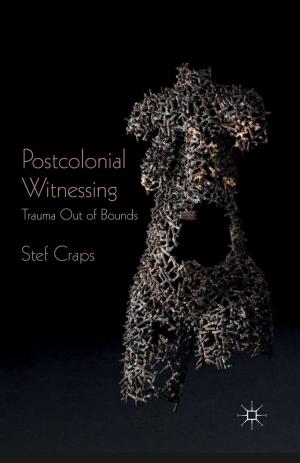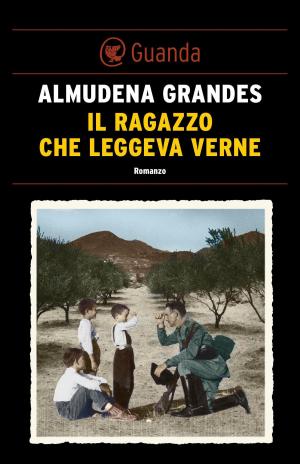| Author: | Knyaz Rikard | ISBN: | 9781310376467 |
| Publisher: | Knyaz Rikard | Publication: | May 10, 2014 |
| Imprint: | Smashwords Edition | Language: | English |
| Author: | Knyaz Rikard |
| ISBN: | 9781310376467 |
| Publisher: | Knyaz Rikard |
| Publication: | May 10, 2014 |
| Imprint: | Smashwords Edition |
| Language: | English |
- Historical sex. Each sex story has a historical background.
- Women evolution- view due to 70% food supply.
- Reclaimed Shakespearean, old English words – words of feeling.
- A culture clash Love, a Norse-Anglo-Saxon woman meets Geirwald, an Inland man.
- An explanation of Western holidays and traditions. How Yuletide became Christmas and more...
- A description of Bronze-age clothing, food instruments and rituals.
- A description of the solar calendar, cult-places e.g. Newgrange in Ireland, Ale Stones in Sweden, that were important during the Bronze-age.
- Thoughts about the future.
This book with the lost and faded traditions and feasts leads to a world of fertility led by women, who cultivated with hack-axes and brought in 70% of the food to the tribe. There were therefore more goddesses than gods. When the new power of plough-agriculture took over, their former power became "ugly". The "ugly" traditions were deleted or remade to fit the new power from the south and that is why, for example, the word Fuck has both a soft side, for example, to make love to someone, and a hard side, to beat or hurt someone.
This is a depiction of an era with female signs that survived for about 2000 - 3500 years, with very little violence and crime and with a moderate population growth of 1%, which made life very stable. Violence appears when the plough, stirrups and the metals are spread.
By studying the forgotten traditions we find our hidden history!
The book also evokes the link between the Scandinavian and English languages and at the same time reflects brain development. Norse-Anglo-Saxon words represent the brain stem, i.e. feelings and ideas, whilst Latin represents the brain cortex, i.e. order, structure and science.
- Historical sex. Each sex story has a historical background.
- Women evolution- view due to 70% food supply.
- Reclaimed Shakespearean, old English words – words of feeling.
- A culture clash Love, a Norse-Anglo-Saxon woman meets Geirwald, an Inland man.
- An explanation of Western holidays and traditions. How Yuletide became Christmas and more...
- A description of Bronze-age clothing, food instruments and rituals.
- A description of the solar calendar, cult-places e.g. Newgrange in Ireland, Ale Stones in Sweden, that were important during the Bronze-age.
- Thoughts about the future.
This book with the lost and faded traditions and feasts leads to a world of fertility led by women, who cultivated with hack-axes and brought in 70% of the food to the tribe. There were therefore more goddesses than gods. When the new power of plough-agriculture took over, their former power became "ugly". The "ugly" traditions were deleted or remade to fit the new power from the south and that is why, for example, the word Fuck has both a soft side, for example, to make love to someone, and a hard side, to beat or hurt someone.
This is a depiction of an era with female signs that survived for about 2000 - 3500 years, with very little violence and crime and with a moderate population growth of 1%, which made life very stable. Violence appears when the plough, stirrups and the metals are spread.
By studying the forgotten traditions we find our hidden history!
The book also evokes the link between the Scandinavian and English languages and at the same time reflects brain development. Norse-Anglo-Saxon words represent the brain stem, i.e. feelings and ideas, whilst Latin represents the brain cortex, i.e. order, structure and science.
